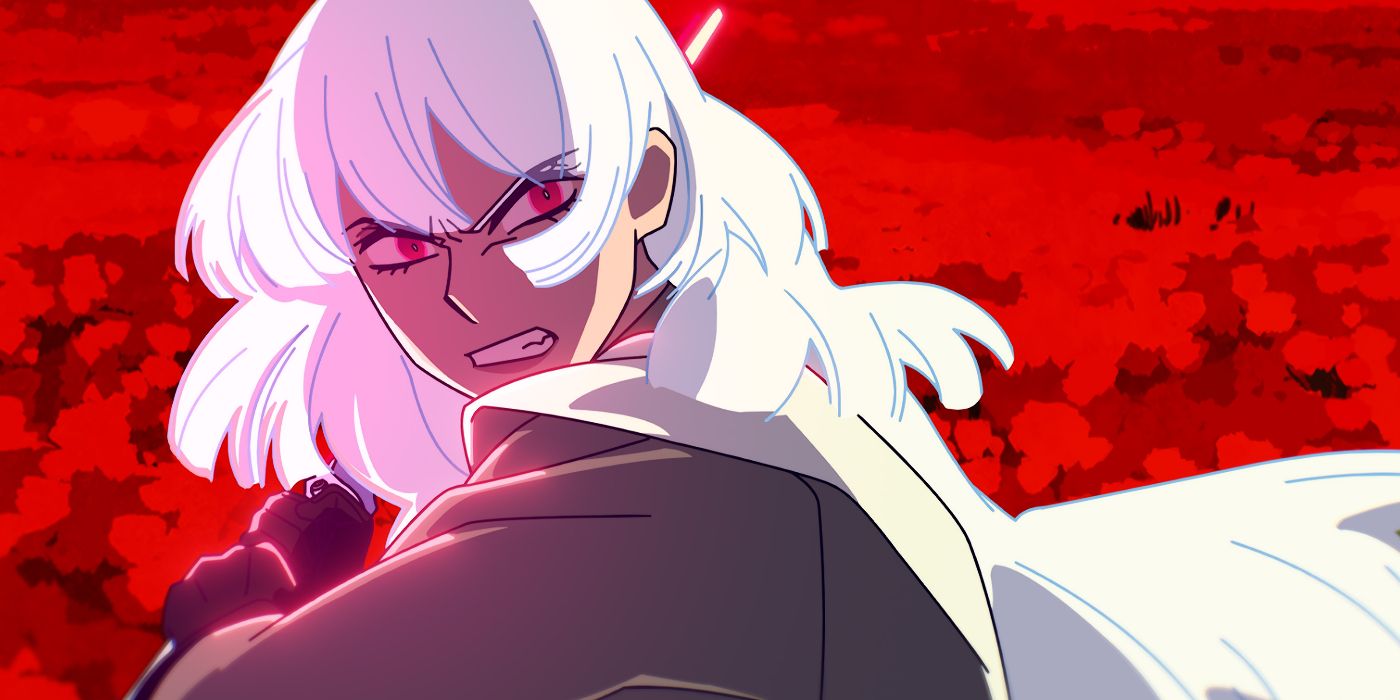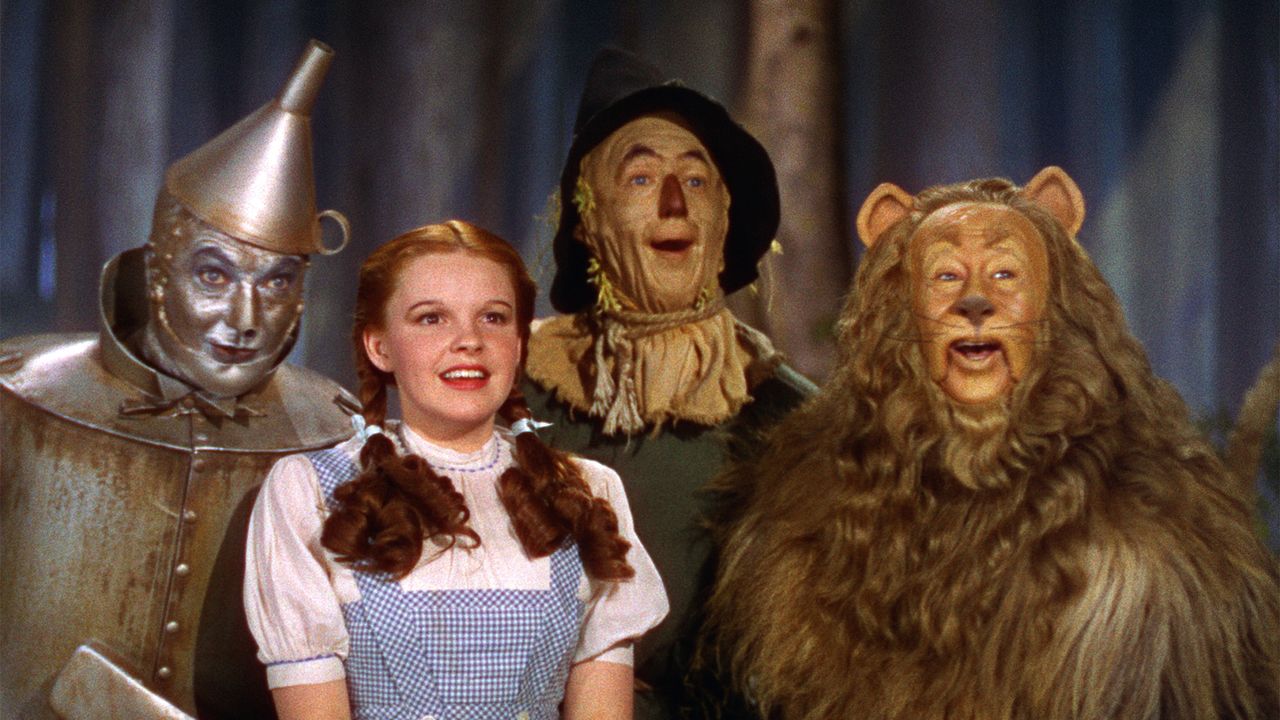Star Wars: Visions Season 3 is a Lucid Reflection of a Fractured Society, Echoing Our Deepest Cultural Divides and Strains of Redemption in a Galaxy Far, Far Away, Challenging Us to Face Our Own Dark Side and Not Just the Jedi’s
The Star Wars franchise remains a cultural touchstone that reflects the complexities of our modern world while engaging us with its rich narrative tapestry. With its latest installment, “Star Wars: Visions” Season 3, the series continues to push boundaries, evoking strong responses reminiscent of the heated debates surrounding various political and social themes prevalent today. It is a showcase of creativity that leaves viewers divided, much like the societal fractures we witness in real life.
Disney+’s adaptation of the Star Wars universe has had a varied trajectory, with moments of brilliance juxtaposed against missteps that have left fans feeling perplexed or disappointed. The highs of “Andor,” with its gripping storytelling and exploration of rebellion, and the consistently entertaining “The Mandalorian” stand in stark contrast to the lackluster reception of “The Book of Boba Fett” and the missed opportunities within “Obi-Wan Kenobi.” This patchwork of successes and failures underscores the challenges of maintaining a legacy as monumental as Star Wars while still innovating within its expansive lore.
Yet, “Star Wars: Visions” has emerged as a surprising constant in this evolving landscape. By embracing diverse storytelling styles and perspectives, it transcends the conventional limits of the franchise and invites viewers to experience the galaxy from fresh angles. Each episode acts as a vignette, exploring unique artistic interpretations and themes that resonate on a personal and societal level.
The first two seasons laid the groundwork, establishing a reputation for quality and creativity that Season 3 builds upon. The series features stories that do not shy away from addressing darker themes, mirroring the complexities of human nature. As society grapples with issues of morality, identity, and the struggle between light and dark, “Star Wars: Visions” becomes a metaphorical battleground where these ideas are examined through the lens of science fiction and fantasy.
The animation in “Star Wars: Visions” has been particularly noteworthy, as it showcases a variety of styles that range from the sleek and polished to the avant-garde and experimental. This diversity not only enriches the visual experience but also allows for different narrative approaches that align with the thematic elements of each story. In a time when animation often faces the challenge of being pigeonholed into specific genres or age groups, “Visions” defies those boundaries, appealing to both young audiences and adults who seek deeper emotional connections with the material.
At the heart of Season 3 lies a focus on lightsaber duels and action sequences that have received praise for their aesthetics and choreography. For many fans, these battles harken back to the prequel trilogy, a period that is often nostalgically remembered for its dynamic fight scenes and innovative use of special effects. The contrasts between the raw physicality of the duels and the emotional stakes involved add layers of complexity that elevate each encounter beyond mere spectacle. These moments of conflict serve as reflections of larger societal battles, illustrating the perennial struggle between various factions, ideologies, and personal convictions.
This thematic richness makes “Star Wars: Visions” resonate with audiences who are increasingly aware of their own societal divides. In a world where divisions are often stark and defined, the narratives present in this series challenge audiences to confront their biases and consider the broader implications of their choices. The characters are not merely archetypes; they are deeply flawed individuals wrestling with their own fears, desires, and moral dilemmas. This complexity mirrors the human experience, drawing parallels to the struggles we face daily in our world.
Furthermore, the inclusion of diverse voices in each episode—from different cultural backgrounds and artistic traditions—enhances the series’ ability to reflect a multitude of perspectives. This commitment to inclusivity reinforces the idea that the Star Wars universe is vast and multifaceted, much like our own. The stories told are not confined to a singular narrative but instead expand the mythology while offering commentary on contemporary issues such as identity, belonging, and the consequences of power.
As Season 3 unfolds, it is clear that “Star Wars: Visions” is aware of the broader cultural landscape in which it exists. The series engages with themes that resonate with the modern viewer, such as redemption, the cyclical nature of violence, and the possibility of hope amidst despair. The notion of the “hero’s journey” is reexamined, prompting viewers to consider what it means to be a hero in an increasingly complicated world.
In an era marked by polarization and conflict, the series becomes a vital space for reflection, urging audiences to engage with their own inner struggles and societal challenges. Just as the characters in “Visions” confront their dark sides and seek paths to redemption, viewers are invited to embark on their own journeys of introspection.
The artistic freedom afforded to the creators of “Star Wars: Visions” allows for a rich exploration of these themes, pushing the boundaries of storytelling within the franchise. This innovative approach not only revitalizes the universe for longtime fans but also attracts new audiences who may have previously felt alienated by traditional portrayals within the franchise.
By continuing to explore the intersection of art, culture, and the human experience, “Star Wars: Visions” solidifies its place as a significant part of the Star Wars canon. The series exemplifies the potential of animated storytelling to convey profound messages while captivating audiences with its visual splendor. It illustrates that even within a galaxy far, far away, the struggles of the human condition remain strikingly relevant, reflecting our own world in ways that are both entertaining and thought-provoking.
As the series gains momentum, the dialogues it fosters around identity, morality, and societal roles become increasingly significant. These narratives challenge viewers to consider their own positions within these frameworks, emphasizing that the lines between light and dark are often blurred. Each character’s journey is a reminder that redemption is possible, but it often requires grappling with difficult truths about oneself and one’s place in the world.
The bold storytelling choices in “Star Wars: Visions” are not merely for shock value; they are deliberate explorations of the complexities of existence. Much like the political and social upheavals we face today, the narratives are often steeped in nuance, prompting audiences to engage critically with the material. The series invites reflection on the nature of conflict, the power of community, and the importance of dialogue as a means of forging connections across divides.
As viewers continue to dive into the rich tapestry of “Star Wars: Visions,” it becomes evident that this series is more than just a collection of animated shorts. It is a platform for exploring the depths of human experience within a fantastical context, encouraging audiences to reflect on their own stories.
Much like the entire Star Warsfranchise as a whole, the most popular sci-fi IP of all time’s track record on Disney+ has had highs and lows. For every hit, like the masterfully crafted Andor and The Mandalorian‘s reliable entertainment, there is the underwhelming The Book of Boba Fett and the missed opportunity that was Obi-Wan Kenobi. However, one show that has consistently delivered in its first two seasons has also been the most surprising.




